Continental U.S. only.
Continental U.S. only.
At Mary’s Kitchen, we pride ourselves on living up to the illustrious history of the flour sack tea towel. It is from humble beginnings that we get these high-quality tea towels that so many people enjoy for so many reasons. We can honor the original decorative elements that made this commodity cotton so popular among mothers and homemakers. After all, they were the originators of repurposing this high-quality cotton to make dresses during an era where there were few other options to increase one’s wardrobe.
While we are on that subject, here is a glimpse into all the whys and wherefores that contributed to the cottage industry of the flour sack; this treasured remnant of bygone times that brought out the best of us and continues to serve in celebration of what makes us who we are.
It is not always easy to identify what organically gives anything viral appeal. Sure, it’s simple enough to work at generating viral curiosity, but the true attraction and interest that drives a trend is typically built upon the layers of influence that naturally help such a phenomenon take off. In a way, flour sack dresses are a story of the confluence of hard times and grave challenges that drove the initiative on the parts of hard-working homemakers who simply wanted to take care of their families. Sprinkle in the eagle-eyed swiftness of merchandisers taking advantage of the popularity of their commodity cotton and you end up with a variety of famously printed flour sacks.
Using commodity bags for sewing new clothes goes back to the 19th century. It could be said that the use of cotton bags for the grain industry took off with the advancements in sewing machine technology. These bags could be efficiently produced with strong seams for a sturdy means of conveying fine particle contents such as flour, sugar, feed and grain. A 1921 publication of American Cookery focused on the “little folks” in the home. Women needed little encouragement to make the most of every scrap of sacking as they recognized the value of these fine-bleached muslin and coarse burlap gunny sacks for sewing common household items. Once it was learned that ladies were using kerosene to try to remove the labels from these sacks, they started to print their brand labels on the bags using water-soluble vegetable inks. This is yet another example of the unspoken contract of cooperation to make the most of a good thing.
Once the printing was removed and the chain stitching was pulled out of the side of the bag, the cotton could be cleaned, starched and pressed. The sacks were most “serviceable” for undergarments. It typically takes three yards of fabric to make the average-sized flour sack dress. In 1927, it cost you sixty cents to order three yards of dress print cotton from the Sears and Roebuck catalog. It only took salvaging the Gingham Girl Flour sacks from two or three 100-pound bags of flour from the Plant Milling Company from St. Louis, Missouri to do the same thing for free!
Those ladies who saw the value of both the quality of fabric and the ease of acquiring good, usable yardage were making the most of these flour sacks and feed bags. I can only imagine how excited many seamstresses today would be at the idea of amassing a collection of sewing fabrics for free from which you can make so many things.
A 100-pound bag of chicken feed would be transformed into a yard of 44-inch cloth, very similar to the measurement still used today on bolts of fabric sold to make clothing. It was around this time that feed sacks were available in various print patterns. Feed companies recognized if they could make their sacks more attractive, they could sell more of their commodities. For homes that had more livestock, they were in a higher volume of commodity cotton. Others had to collect, save and trade for the complement of bags they needed to complete the yardage of a given print design to make a flour sack dress. Feed suppliers soon noticed that husbands were being particular about which feed sacks they preferred to purchase. In some households, it was expected to take the boys along to pick up feed as it was not unusual to heft a stack of sacks to get to the bottom where the choice prints were often found. Where once customers were coming in to buy special feeds or brands, they were instead asking for a certain flowered percale.
At the time of the Great Depression, much of the country was a rural landscape. Feeding livestock netted a weekly supply of these durable cotton sacks. The value of commodity cotton had gained ground by this time and become such a stronghold. The U.S. Department of Agriculture promoted the benefits of using cotton for feed bags in a booklet published in 1933. It highlighted the cotton bags as attractive packages while touting their suitability for marketing and branding as well as their high salvage value. These sacks were quite possibly one of the earliest “green” products on the market at that time. From the 1930s through 1960s, cotton bags used for the delivery of commodities helped to boost the American Cotton industry accounting for eight percent of the cotton goods produced in the U.S. Once these sacks had been cleaned and prepared, there was little to distinguish them from the new dress percale that could be found in the store. In part, this was due to the top textile designers hired from New York City and Europe to produce stylish print designs using colorfast dyes. The Percy Kent Bag Company’s Ken Print Collection was likely the earliest to go the extra yard, so to speak.

There is little difference in how these cottons appeared all stacked up for sale and seeing the collection of Calico cotton prints at a local fabric store. I can just imagine the feeling of accomplishment on the part of these women who were able to make themselves new dresses as fine as any that could be found in a catalog or bought in the store. They were also able to make curtains, awnings, diapers and so many other household items to keep the homemaking going even during a time of such great lack. This basic cotton feed bag went from serving a utilitarian purpose to fulfilling a multitude of needs that were not being met otherwise. American households were perfectly aligned to intervene by cleverly recycling these cotton sacks whether they had contained feed for livestock or kitchen staples.
By the 1940s, textile companies were tapped to produce goods for the military. While World War II imposed textile rationing, feed sacks were excluded from this restriction since they were considered industrial textile products. Ironically, this gave the rural feed store a greater selection of colorful dress prints than any proprietor who had previously stocked traditional yard goods. Government acquisition of cotton was complete, effectively taking all the fabric from the market.
By 1943, in an effort to try to counter waste, the U.S. War Production Board regulated feed bag sizes to six styles that went from as few as two pounds on up to 100 pounds. In addition, the production board put their stamp of approval on pattern books that were released to the home front. This unwitting collective between homemakers, the government and commercial interests provided a network for success at the height of some of the hardest times during the war. There were likely many households that relied on commodity cotton to clothe the entire family.
Between pattern books being published that helped women make clothes from feed sacks to The Textile Bag Manufacturers Association proclaiming, “A yard saved was a yard gained for victory!” to a newspaper column encouraging the recycling of feed bags as frugal and patriotic, there was much to be gained from taking full advantage of the availability of commodity cotton.
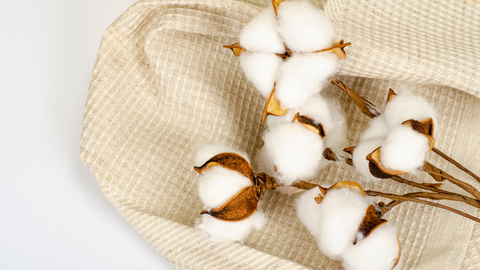
The newspaper article went on to persuade the housewife to exercise the magic of willing hands and minds to serve herself and her country. While few women needed much influence to convince them of the value of reusing feed bags, the nation by this time was making a point of paying tribute to these efforts with contests. Contests were held at state fairs. They were promoted through advertisements that also offered pattern booklet giveaways. Such rural magazines as the Farm Journal did their best to reach the demographic. Across a wide region, prizes were extremely enticing such as an expensive sewing machine. For the cherry on the cake-o-the day, they even included automobiles as winning prizes plus a chance to advance to the national contest. At this level, contestants were competing for a trip to Hollywood with tours of the movie studios and shopping sprees sprinkled on top. How’s that for delicious temptation?

By the late 1950s and into the early 1960s, The National Cotton Council’s Cotton Bag Sewing Queen Contests tried their best to slow the inevitable conversion of cotton bags crossing over to the less expensive paper alternative. However, by this time, the effort to continue to push the demand for cotton commodity bags subsided when the majority of manufacturers had made the switch. As it was, the Cotton Council was able to partner with the leading pattern printing companies of the era allowing them to release a last wave of pattern books. Making every effort to keep the appeal of creating the latest stylish fashions out of commodity cotton, the categories expanded to include children’s wear as well as women’s wear. Household curtains and table linens were obvious targets to suggest as something to make from the cottons.
You can see Mrs. Dorothy Overall’s second place winning design from 1956 that is part of the collection at the National Museum of American History, identified as object ID: 1992.0102.04. It features elements that made it completely different from the rest of the feed sack dresses with a full-pleated skirt that is cinched at the waist.
The organdy lining is machine-quilted using a synthetic silver sewing thread to make it a real showpiece. This dress stands out as it is unlike anything that would typically come to mind at the mention of the flour sack dress. The Dorothy Overall dress is one that worked hard to get noticed with the expensive organdy that never would have been used as lining for any traditional feed sack dress. Contestants at the time were encouraged to use whatever flashy trimming possible to help make their creations stand out. Today, there are tons of synthetic and metallic threads used for both regular sewing and quilting to add to your sewing projects. There is also an entire trimmings section with elements that can enhance any project you would want to make.
It was not unusual for things to take a direct turn after the war. It was a time of recovery and redirecting the efforts back toward national prosperity. Most extra-curricular efforts expended for the war effort ceased by the sixties. However, this did not put an end to what had become a tradition among American households that spanned over 100 years.
We continue to pay homage to the resourceful spirit that was crucial to achieving a comfortable American household with food, clothing and home décor that seem to have trademarked the first half of the 20th century. I know I have fond memories when I look back at the pictures of examples of flour sack dresses and the artwork displaying advertising pieces of that era. While these images remind me of how resourceful most women of that era had to be, it instils a domestic desire in me to want to break out the flour sack towels and start making things.
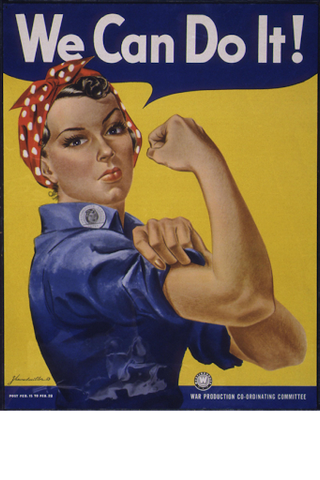
Mary’s Kitchen Flour Sack Towels are offered in a variety of colors to provide you with your choice of materials whether you simply want tea towels that are above and beyond anything else you could get to use in your kitchen or if you plan to use them in creating your own flour sack dresses or other hand-crafted items. They are generously sized as 27-inch squares. They are made of high-quality 100% cotton that makes them last a long time with minimal upkeep. They are very easy to decorate in a variety of ways including:

Buy Your Flour Sack Towels Here to Begin Making Your Own Flour Sack Dresses!
The creative artist could paint a set of flour sack towels to be used as pattern pieces for making dresses, shirts, shorts, hats or really anything you can think of. Create your own designs and the value of your finished pieces rises considerably. It would be a daunting task to try to apply a design to an entire bolt of fabric. In individual squares, you could easily have them screen printed or digitally printed with your own unique designs. There are patterns that have you constructing garments in the pieces and segments that are sewn together. This would make it easier to use these towels to construct your own flour sack dresses.
One of the advantages of styles from the past is their classic simplicity. What you can do with a simple A-line dress to create unique, original designs of your own styling can set you on a path to becoming your own fashion designer. Imagine if you introduced a line of modern flour sack dresses touching back on traditional print patterns with your own twist on them.
Cotton is a popular choice for clothing because it is cool and cozy. Personally, I like a classic A-line with a shirt collar that you can pop! With a short hair style, I feel like I am back in the fifties. It is true that the women of today are willing to show more flesh than in the old days, but this can be achieved with a sleeveless dress.
Cotton also makes an excellent choice for summertime. Mary’s Kitchen just wants to give some ideas upon which you can elaborate and make them your own. Wouldn’t it be nice if there were modern day competitions for flour sack dresses complete with prizes and everything? Check out our wholesale pricing and consider buying in bulk to help make your production line even more efficient. Call us if you have any questions or want to learn more about having your flour sack towels printed with your own design creations for making your own line of flour sack dresses.
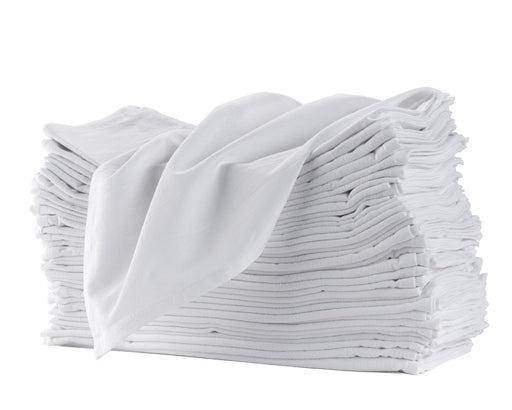
If you need red, gray, blue or black color please click here. ★ Multipurpose, available white or natural colors (unbleached), matching, wholesale ...
View full details
Custom Printed Flour Sack Towels ★ Current Production Time: 3–4 Weeks WHOLESALE | RESELLERS | DESIGNERS ✅ Everyone is welcome to order! If you'r...
View full details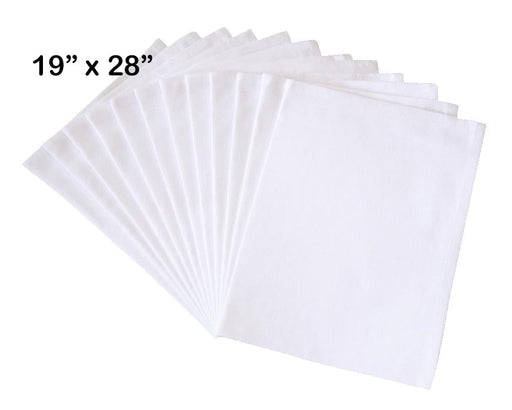
100% Cotton, comes in white (bleached) and natural (unbleached) color A uniform 19" x 28" rectangle, 130 thread count, flour sack napkins hemmed...
View full details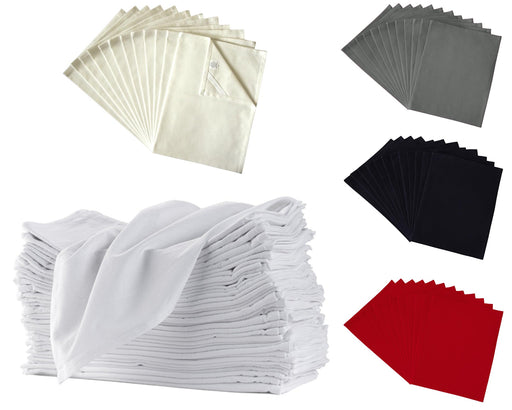
100% Cotton A uniform 27" x 27" square, 130 thread count, 3 oz each heavyweight flour sack dish towels and hemmed on all sides A corner loop for...
View full details
Attention Re-sellers, Wholesalers, and Designers: If you need to order more than 100 pieces, please contact us for our special wholesale pri...
View full details